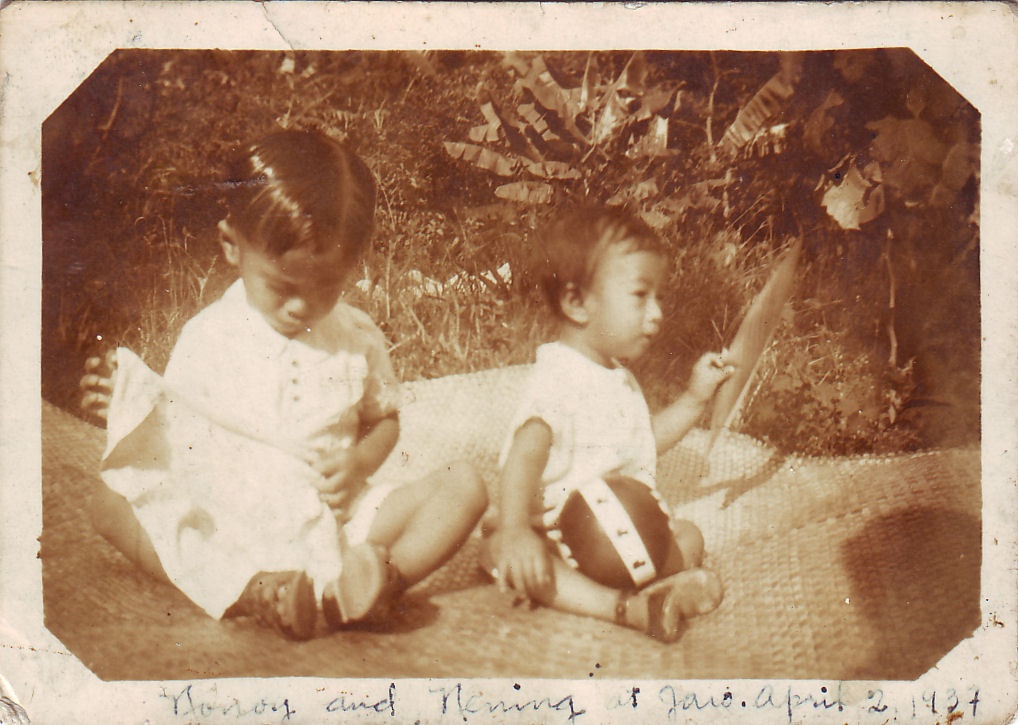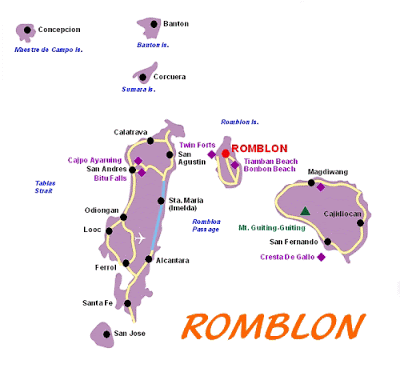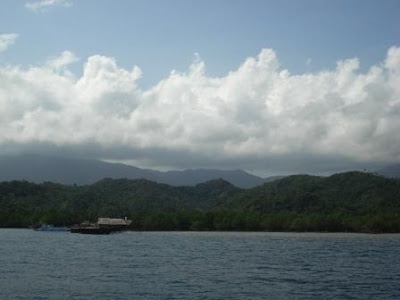My Childhood Years Memories was the first question on my StoryWorth Subscription-A Father's Day Gift from Ditas and Carenna.
StoryWorth
is a service that collect your dad’s or any relative favorite stories
and memories and preserve them in a beautifully bound book. StoryWorth is a service that aims to capture these precious memories —
even the ones that are hard to talk about — over the course of one
year, culminating in a gorgeous book.
Before, I answer this first question, allow me to thank Ditas and Carenna
for this Father’s Day Gift, 2021.
I was born on December 20, 1934 in the
city of Jaro, Iloilo, Philippines. I was a sickly child having had
polio until I was two years old. Luckily, I recovered only with a slight
limp on my left foot. My parents informed me that I was a precocious
child since I started reading local magazines when I was only three
years old. By the time I was 5 years old, I mastered playing mahjong
and pangingue ( a card game similar to gin rummy) with adults in the
neighborhood. I remember clearly, that we live in big house at Arguelles
Street where my father has his dental office. The front yard has
several plumeria trees( kalachochee)and a big mango tree at the back.
We
resided in Arguelles St, where my father had his dental office. I was
in 2nd grade when the Japanese-America war started. I had a Nanny that
spoiled me and was very protective and did not allow me to play with
children of my age in the neighborhood.
Bombing of Pearl Harbor-Start of the Japanese-American War in the Philippines
I was only 7 years old
when Japan bombed Pearl Harbor, Hawaii on December 7, 1941. The attack
lasted less than two hours, but it took an incredible toll of four
battleships sunk, 188 aircraft destroyed, and 2,403 Americans killed. On
the other hand, Japan lost only 64 men and 29 planes. Life Magazine
wrote in its December 15, 1941, issue, “World War II came with startling
suddenness to America. With reckless daring Japan aimed this blow at
the citadel of American power in the Pacific. World War II lasted four
more years, until Germany surrendered in May of 1945. Japan surrendered
four months later, in the wake of America’s destruction of Hiroshima and
Nagasaki. The attack on Pearl Harbor, rather than a great Japanese
victory, turned out to be an act of belligerent folly that, in elemental
ways, guaranteed the Land of the Rising Sun’s eventual defeat”.
This
day always reminds me of my childhood experiences of the
Japanese-American War in the Philippines. I wrote an article on this
subject in one of my blogs and today I am delighted to re post so that
we will not forget the horrors of war. There are no winners in war,
everyone are losers!
Life in the time of war is a difficult
experience for a child. All school and play activities are interrupted.
Survival amidst the chaos becomes a paramount goal in life. Our family
had to uproot ourselves from the comfort of home and move several times
to the hard life in the countryside. We had to avoid the conflict and
the bombing in the city.
We chose a life of peace and quiet away
from the invading Japanese troops. Due to the language barrier, the
Japanese instilled order and dominance of the conquered using fear, by
hurting or killing innocent civilians, resulting in the rise of the
resistance movement. For every day that passes, there was the dream of
peace, but during the lengthy war period, one had to expect the worst
before anything good happened.
Before the war started, we lived a
comfortable life in our home in the city of Jaro, Iloilo located in the
central Philippine island of Panay. My father had a dental practice and
we had our farm landholdings around the province.
On
that evening, Japanese planes had taken off to attack several targets
in the Philippines, which was then an American colony. It was the start
of the Japanese invasion of the Philippines, and the reign of fear was
about to begin.
I was in 2nd
grade at the Jaro Elementary School when Japan started bombing the
bigger cities of the country. When we heard the terrifying news, my
parents became concerned for our safety and decided to get out of the
city, a possible bombing target.
They
chose to move to our farm in the small town of Barotac Viejo, Iloilo,
my mother’s ancestral town 60 kilometers north of Jaro. It was a time of
panic, chaos and fear over what was to happen in the city. We were
about to leave our cherished home and anxiously head to the unfamiliar
and unknown.
Within a couple of
days all the essential items we could bring were already packed. All the
furniture and the huge and heavy items were left behind. My mother had
all her china and silverware buried in the backyard for safekeeping.
We
found out later that our house was bombed and totally destroyed. All
the furniture were either destroyed or stolen. All the china and
silverware was dug up and stolen. Despite the losses, we were grateful
that we made a wise decision and survived unharmed.
For a short
period we settled in a small farm house of our tenant in a remote
district of town. As the war progressed, we were informed that the
Japanese forces had penetrated most of the big cities in the country and
were starting to occupy smaller towns. My father was a captain and
dental officer of the newly organized Philippine guerrillas, an
underground resistance movement to fight the Japanese. As a precaution,
he decided to move our family a second time, to the jungle in the
interior of Panay Island.
We had to walk for three days through
the woods of the jungle, cross over numerous creeks and climb over
mountains with the help and guidance of our farmer tenants. Our trek
ended and we settled in a hidden valley lined by a creek with clean
running water. Our tenants built us a hut for shelter made of bamboo and
nipa palm, an outdoor kitchen and a dining area.
They used a
bamboo cart pulled by a water Buffalo to bring us supplies of rice,
salt, sugar and other spices regularly. In the valley we cleared the
land to plant vegetables, corn and sweet potatoes. We also raised
chickens and ducks for eggs, pigs for protein and goats for milk.
One
of the scariest events while living in the jungle was when our pig
livestock were preyed upon by a python snake measuring about 30 feet
long. It was pitch black at night when we heard our two pigs squealing
out loud in fear. My father instructed our helper to inspect the pig pen
using a kerosene lamp.
He saw the snake strangling one of the
pigs. He struck and killed the python using his machete and a piece of
wood, sadly, our small pig also died. That whole week we had protein in
our meals. It was proof that the jungles of Panay are inhabited by
dangerous pythons.
We had no pet with us. I chose the chickens
and the goats to become my pets. I raised one of the chickens; it slept
with me, got attached to me and kept trailing me wherever I go. My
mother tolerated my unusual pets because I had no peers my age aside
from my younger brother.
To continue with our education, my
father home schooled us together with two of my older cousins. For four
hours each day we were taught arithmetic, spelling and history. We were
lucky to have brought with us a few books on Philippine and US history.
Whenever our tenants brought us food supplies, they would update us on
news about the status of the Japanese occupation.
Late in the
war when the Japanese brutality and atrocities appeared to have stopped,
we moved again from the jungle to a seaside village. We stayed at the
house of another tenant. My father warned us not to talk to any
stranger, and if asked, to avoid giving our real last name of Katague
and instead provide an alias which was Katigbak.
There were
unverified rumors that the Japanese had a list of names of all the
guerrillas, which might have included my father. Some traitor Filipinos
worked as spies for the Japanese by pinpointing the guerrillas in
exchange for favors.
One day, we saw a platoon of uniformed
Japanese soldiers armed with guns and bayonets passing by our village.
My brother and I watched them march while hiding in the bushes. I knew
their brutal reputation towards the natives, and I was afraid of us
being seen and getting in trouble. I was relieved that nothing happened
and they continued with their march to the next village.
A
terrible incident happened to about 30 of my maternal relatives while we
were living in the jungle. They were similarly hiding and living in the
jungle on a mountain ridge next to us. They were killed by the Japanese
soldiers who discovered and penetrated their location with the help of
the spies.
A handicapped relative in a wheelchair was spared.
During the massacre, she fell on the creek and must have been left for
dead. She lived to tell the tragic story. This is only one example of
many atrocities that was committed by the Japanese to the Filipino
civilians.
When General MacArthur landed in Leyte on October
1944, it was the happiest day for the Filipinos, the Americans were back
to save us from the Japanese tyranny. The Japanese troops started to
retreat and surrender. The chance for peace in the Philippines was
welcomed with excitement. The schools were planning to reopen. There was
no more need to live in hiding and in fear, and to lie about one’s
name. We were able to live free from the oppressors.
From the
seaside village we moved to another district much closer to town where
we built a bigger house. At the back of the property was a hill, and on a
clear day, from the top of the hill you could see the nearby island of
Negros.
We used it as an observation hill where we could watch
the Japanese and American planes flying and then fighting each other. My
brother and I witnessed two planes attacking each other, with one plane
being blown to pieces and burning as it fell from the sky to the sea
between Panay and Negros islands. It was a thrilling dogfight show to
watch, although we never found out the victor.
When school
reopened, we were required to take a test to determine which grade level
we would qualify for. I passed the test for a 4th grade level. I was
merely in grade 2 when war broke out. In short, I completed six grades
of elementary in only four years of schooling. In class, I was two years
younger than most of my classmates. I was thankful for the result of my
father’s patience in home schooling us while living in the jungle. At
last we were able to go back to our school, new home, and live the life
of what was left of my childhood years in peace.
Erico ( my younger brother) and Me, April 2, 1937, Jaro, Iloilo City, Philippines
This is a continuation of my memories of my childhood years. It is Chapter 2 from my autobiography: Memories of Romblon Islands
Map of the Romblon Islands
In late 1945, just after the end of
American-Japanese War in the Philippines, my father who was a captain
and dental officer for the Philippine-US army took me and my Mom for a
month to Romblon Province. He was in-charged of all the dental needs of
army personnel in the whole island of Panay as well as in Romblon. I
remember we took a PT boat owned by the US navy from Iloilo to Romblon. I
was only about 11 years old that time, but very knowledgeable of US
history. One of my hobbies was to read US history. I have memorized all
the 48 capitals of US states( yes,at that time there are only 48 states
in US). My father’s dental assistant was a white sergeant from Oklahoma
City. He used to quiz me of my knowledge of the capital city of all the
US states. If I get it right he gave me chocolates and cookies as a
prize. There came a time when he ran out of chocolates, since I have
never made a mistake. One capital I almost made a mistake was the
capital of California. Most people think at that time the capital city
is either LA or San Francisco. Even today, there are still a lot of
Filipinos that do not know that Sacramento is the capital of California.
The same thing with the capital of Illinois. Most Filipinos at that
time believe it is Chicago( the biggest and most populated city in
Illinois).

Back to my memories of Romblon. As we enter the harbor, the
picturesque view of the mountain so close( all white with marble) almost
took my breathe away. It was so beautiful that until today, it is still
vivid in my memory. I have not been to Romblon since then, so I do not
know if the view is still the same. Anyway we stayed in Romblon Island
for 2 weeks. Every day my father took me to his dental office. All of
his patients talked to me about their lives and towns/cities in US. That
was the beginning of my life-long dream to visit and live in US
someday. I did accomplished that dream, having studied, lived, worked
and raised a family here in US since 1960.
After two weeks in
Romblon Island, my father’s assignment was one week each at the two
other big islands of the province, Tablas and Sibuyan Islands. The trip
to Tablas Island from Romblon took only about 30 minutes by PT boat. I
remember, it was so fast, that we arrived about one hour early at the
port of Badajoz ( now known as the town of San Agustin). The PT boat
went back to Romblon and we waited by the side of the sea under a
coconut tree for a jeep from Odiongan, capital town of Tablas Island.
We
were hungry and thirsty, but there was no store (tiange) or restaurant
in the area. We saw a several residents in the several nearby houses,
staring at us, but no one said hello or even offer us a glass of water.
As I remember these memories, I felt that if this incident happened in
Marinduque, at least one person will probably offer us a glass of water
and perhaps even invite us to wait in their house instead of outside
under the sun ( luckily there were a few coconut trees providing us with
shade). My father explained later why the town was called Badajoz. He
said it means “bad hosts”. I am glad the town is now called San Agustin.
Our
week stay in Odiongan, Tablas and later in Cajidiocan, Sibuyan went
pretty fast. Before I realized,it was time for me to go home to Iloilo
and back to school.
Sibuyan Island and Mt Guiting-Guiting in the background
My
memories of Odiongan and Cajidiocan - it was the most rural place on
earth and the roads were bad. It felt like driving in the craters of the
moon.
Romblon today is known for its marble products. The products are popular to both local and foreign tourists.
Marble products-I have several marble products from Romblon including a bench, three round tables,and two table lamps.













































